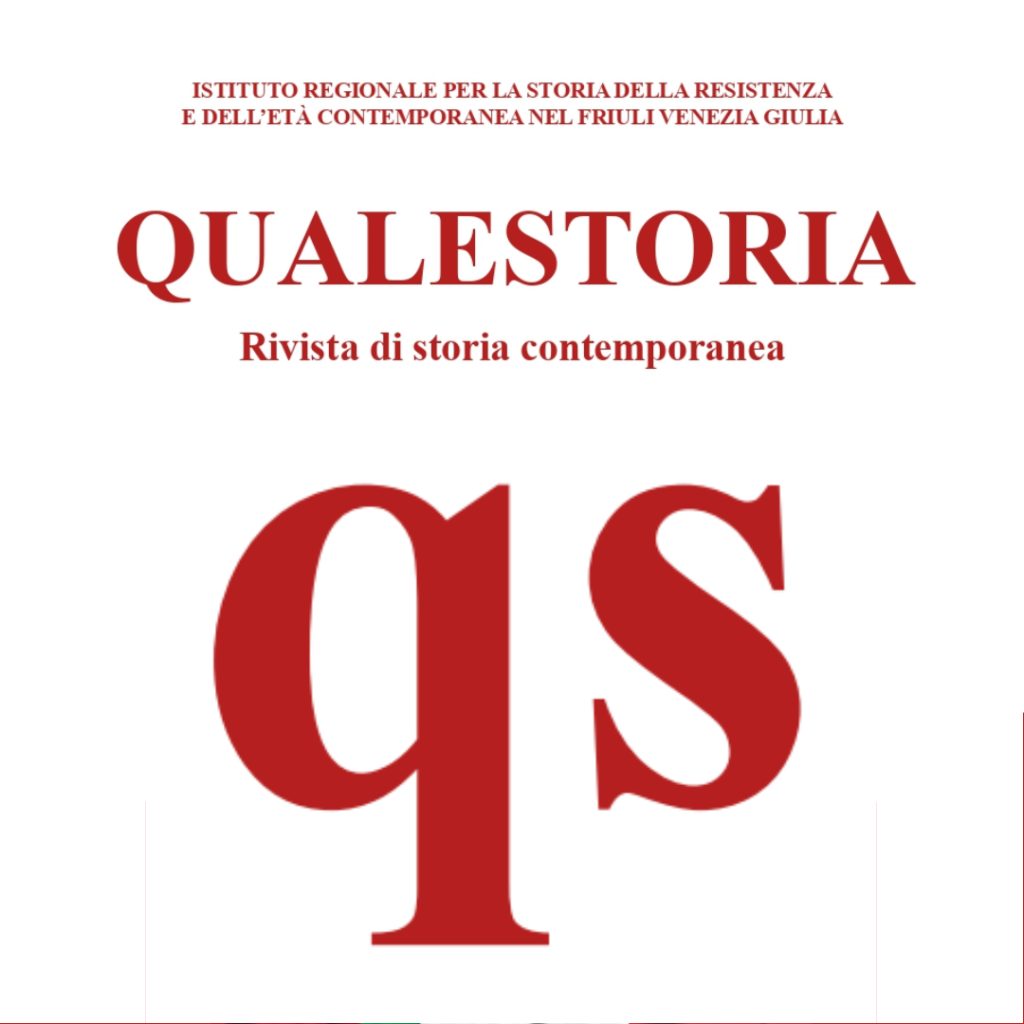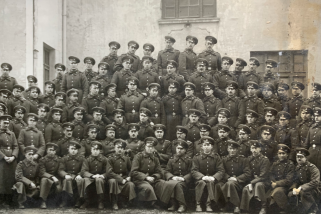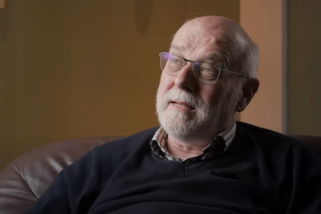Deadline 1 maggio 2020
Following the establishment of the «people´s democracies» in Central and Eastern Europe after World War II, Lenin´s dictum about «film being the most important art» brought change in terms of an improved infrastructure for film production. Often, the Soviet film was seen as a role model for the other Socialist states. The establishment of Socialist film schools or academies, for example, in Czechoslovakia (Prague 1947), Poland (Łódz 1948), Yugoslavia (Belgrade 1948), Romania (Bucuresti 1950), Bulgaria (Sofia 1948), Hungary (Budapest 1948) and the GDR (Potsdam 1954), were all emulated in one way or another after Moscow´s famous VGIK, the first state film school in the world. The idea was, of course, that film was considered an important medium for propaganda and persuasion and that it was necessary to secure Socialist-minded ”cadres” for this cause.
- Confrontations with the hegemonic ideology
- Questions of censorship
- Questions concerning relationship with the audience
- Trans-national aspects, including the exchange of ideas with other states in the Soviet sphere of interest and the relationship with West European and American film industries,
- Different phases of dissent and dissidents, including the post-1968 years and and the New Left










